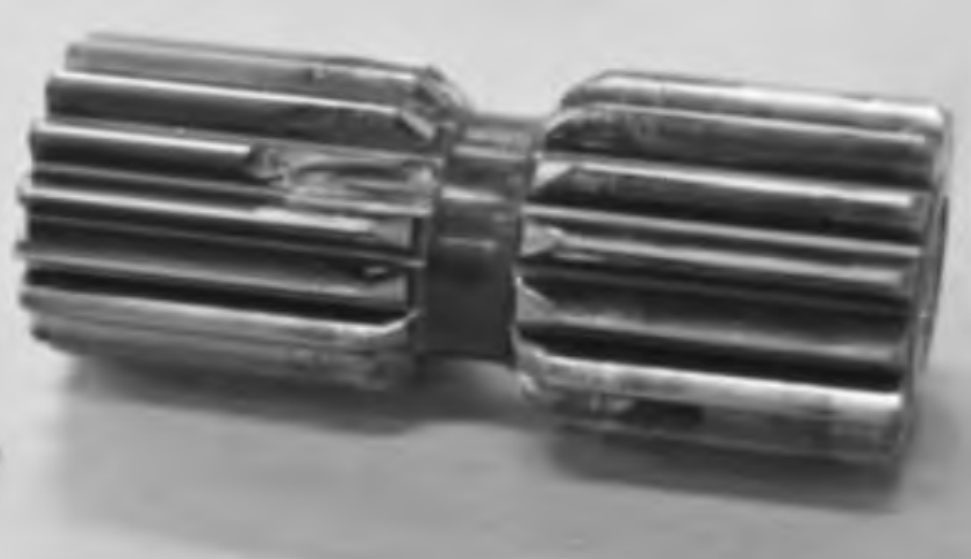Planetary gear reduction mechanisms have the advantages of small size, large load-bearing capacity, high transmission efficiency, and high transmission ratio, and are widely used in the aviation field. They are an important component of aviation gear rotary actuators and are commonly used in applications such as opening and closing cabin doors and retracting flaps and slats.
During the life test process of a planetary gear reducer in a certain aviation high lift system, there was a local tooth breakage of the planetary gear and floating inner teeth. This article aims to investigate the impact of planetary support stiffness on the load-bearing capacity of the planetary gear reducer through modeling and simulation combined with experimental verification, and provide feasible improvement measures for the fault.

An analysis was conducted on the tooth breakage fault of a planetary reduction mechanism, and the cause of the fault was identified as insufficient torsional stiffness of the planetary carrier. Based on this analysis, the faulty components were improved by increasing the support stiffness of the planetary carrier, and the strength and stiffness analysis of the improved structure was conducted. By analyzing and appropriately increasing the support stiffness of the planetary carrier, the support effect of the free end of the planetary gear can be improved to alleviate the phenomenon of gear tooth misalignment.
In addition, after experimental verification of the improved state, the results showed that the strength, stiffness, and functional performance of the improved structure met the design requirements, and the improvement measures were effective.
